Introduction to the flavor and taste of Gesha Village CHAKA Chaka coffee beans in Rosa Village, Ethiopia.
Professional coffee knowledge exchange more coffee bean information please follow the coffee workshop (Wechat official account cafe_style)
Gesha Village CoffeeEstate CHAKA
Chaka batch of Rose Xia Village
Producing area: Banchi Maggie
Altitude: 1900-2100m
Varieties: Gori gesha, gesha1931 1931, Illubabor
Treatment method: sun treatment Natural
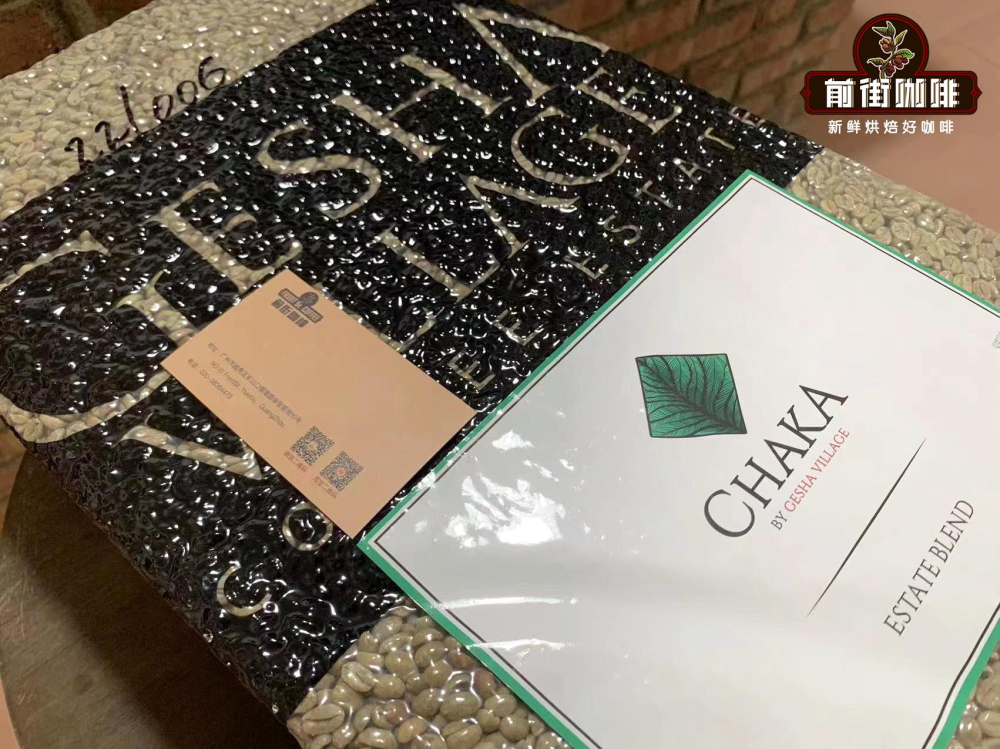
| | Gesha Village Coffee Estate of Ruoxia Village |
In 2007, documentary director Adam Overton and photographer wife Rachel Samuel came into contact with the Gera Coffee Forest in the Bench-Maji region of Ethiopia while filming a documentary about Ethiopian coffee for the Ethiopian government. In the process, they were not only reacquainted with the great land of Ethiopia, but also came up with the idea of setting up their own coffee estate and brand.
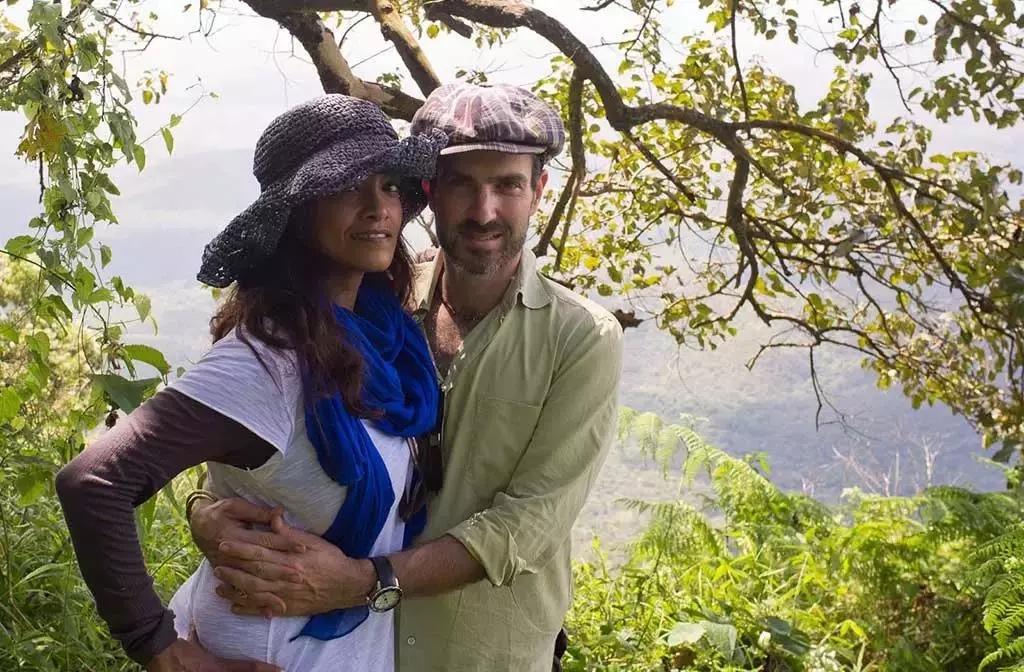
In 2009, they were lucky enough to meet the famous mule owner, BOP judge Willem Boot, and Willem Boot's idea provided an opportunity for the Overton couple to return to Ethiopia to find the birthplace of Rosa Xia.

Finally they came to Banchi Magi, an area in southwestern Ethiopia near South Sudan, where many places are known as the village of Gesha and where primitive roses are most likely to be found. When they arrived in 2011, there was nothing in the manor.

Adam followed Willem Boot on an expedition in the forest around the manor, where he discovered a variety of wild tree species in a jungle magically surrounded by a dense forest.

Later they learned that this was the place where the rose species were first found in the Gori Gesha forest. So they collected seeds from native rose trees, screened them, and planted them in Rosa Village. They decided to build the estate here and name it Gesha Village Coffee Estate, a 475-hectare coffee farm about 12 miles from the Gori Gesha Forest.

The village of Gesha Village Coffee Estate is completely different from most Ethiopian farms in that it is not a small farm, but a large farm of 500ha, with its own washing plant and laboratory, located in the southwest near the border with Sudan, and the most special is that the whole farm only grows Rosa varieties, rather than Ethiopian native species that generally cannot be determined.

Rosa Village divides the farm into eight blocks, with three main Rosa varieties, whose seeds are collected from nearby forests, not from Panama.

The construction of the farm began in October 2011 and the first harvest in 2015. Due to the enthusiastic response from all parties, they, with the assistance of Panamanian coffee farmer Willem Boot, offered 21 micro-batches in the first international bid held on May 31, 2017, of which 19 were 120kg and the others were smaller. Bidders from Europe, North America, Asia and Australia responded unexpectedly enthusiastically, and the final bid price was $85 / lb, breaking all previous auction prices for African beans!

| | check card CHAKA |
What is CHAKA?
The coffee grades of Ruoxia Village are as follows: competitive bidding, gold bid, red bid, green bid, CHAKA.
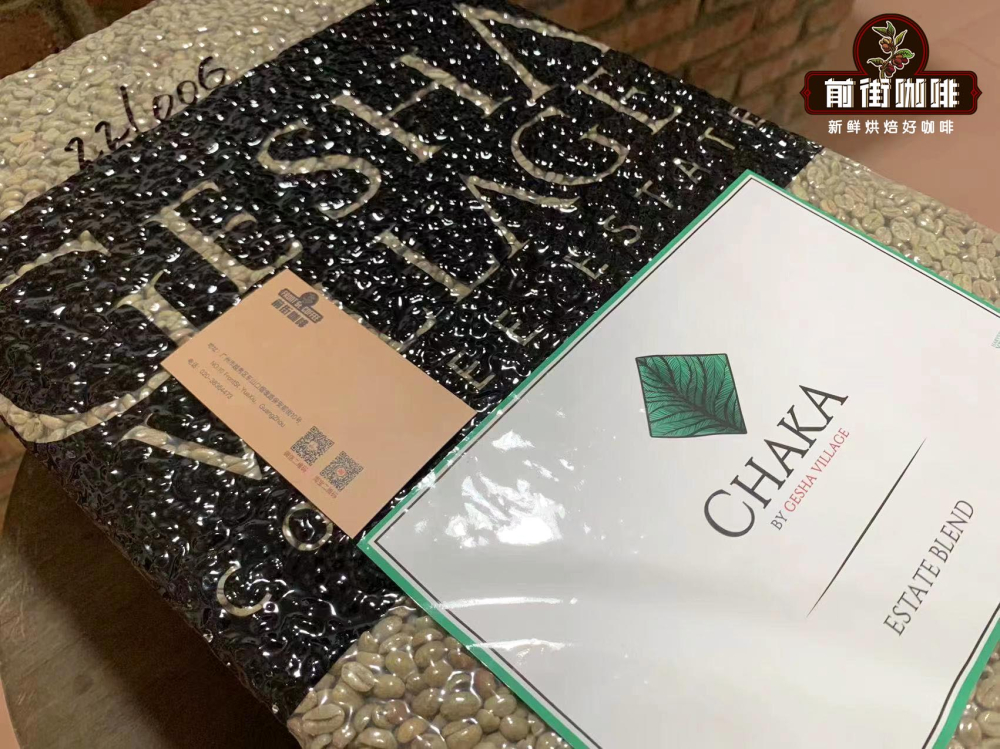
CHAKA is a rose summer mix produced by Rose Village Manor, which is composed of Gori Gesha, Rose 1931 and Illubabor (Esse native disease resistant variety).
| | Variety
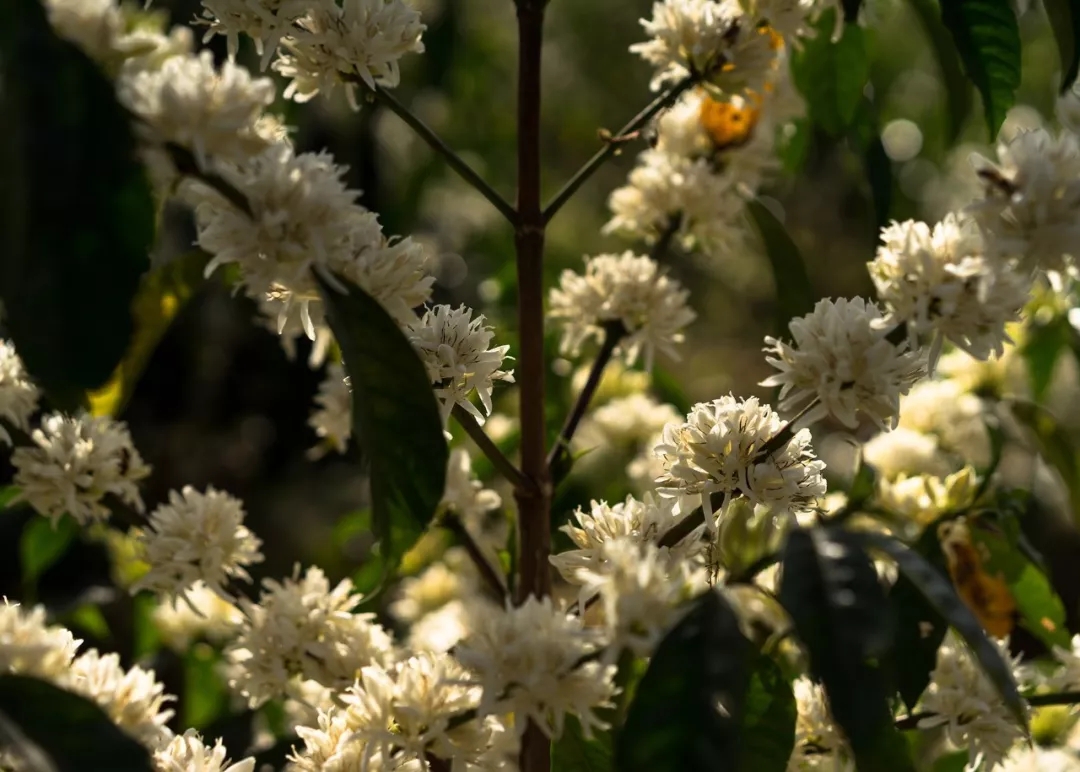
Gori Rosa Gori Gesha (GG)
This variety replicates the genetic diversity in Gori Gesha coffee forest.
Rosa 1931 Gesha 1931 (G31)
The combination of varieties with different forests is very similar to Panamanian Rosa, which is screened by observing its plant type, bean-shaped appearance, mesh size and cup flavor.
Illubabor Forest 1974 (IF)
It was found during an expedition from 1974 to the Illubabor Forest, and a variety with antibodies was later developed by the Ethiopian Research Center.

| | handling method |
This Rose Summer Village CHAKA is tanned.

First, the floating impurities are removed, and then the sun is covered with a thin layer of plastic sheeting on the African-style elevated scaffolding. when drying with a tanning bed, it is screened again to pick out worm-eaten beans and coffee beans that are green in color. The total drying time is 18-30 days.
| | Baking analysis |

Roaster Yangjia 800N (baking capacity 300g)
The temperature of the furnace is 190 degrees Celsius and the firepower is adjusted to 130 after opening the throttle for 30 seconds, and the throttle remains unchanged. The temperature of the throttle will be adjusted to 4 at 140℃. At the same time, the firepower will be adjusted to 170. increase the firepower to dehydrate the beans quickly and bring out the fragrance of the beans. When the furnace temperature is 150.6 ℃, the bean table turns yellow, the grass smell disappears completely, and enters the dehydration stage. When the furnace temperature reaches 168℃, the firepower is adjusted to 130C, and the throttle remains unchanged.

The smell of toasted bread has obviously changed to the smell of coffee, which can be defined as a prelude to an explosion. At this time, it is necessary to listen carefully to the sound of the explosion point. When the sound of the explosion starts, the throttle should be adjusted to 5 (the tuning power should be very careful, not so small that there is no burst sound), and the smell of baked bread will obviously change to the smell of coffee, which can be defined as a prelude to an explosion. It is necessary to listen carefully to the sound of the explosion point, and turn the throttle to 5 (adjust the fire power to be very careful, not so small that there is no burst sound), and put it into the pot at 196.6 degrees.

Agtron bean color value is 66.5 (above), Agtron pink value is 81.4 (bottom), Roast Delta value is 14.9.
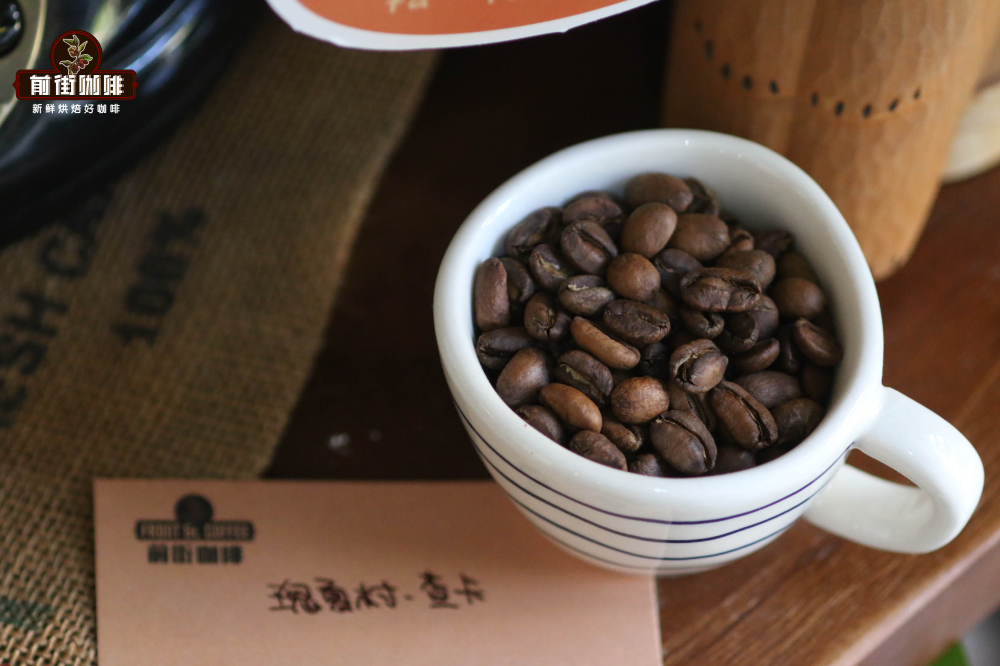
Cup test: it smells floral and slightly fermented, with citrus, berries, cream, oolong tea and sugar flavors when sipped.

| | Analysis of cooking |
Suggested cooking method: hand flushing
Filter cup: Hario V60
Water temperature: 90-92 ℃
Degree of grinding: medium and fine (the pass rate of Chinese standard No. 20 screen is 80%)
Powder / water ratio: 1:15
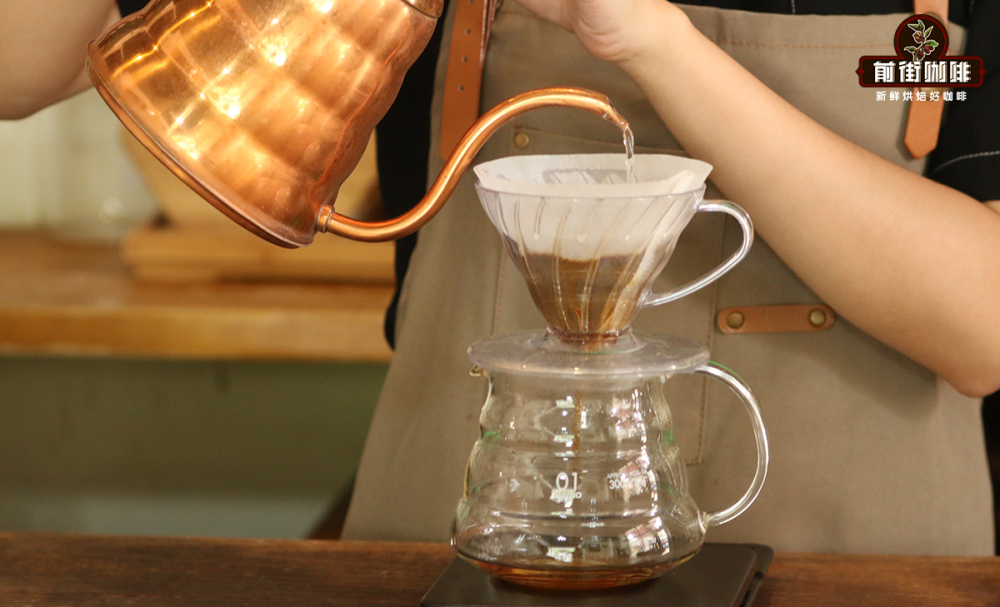
[cooking method] segmented extraction. 30 grams of water is steamed for 30 seconds, small water injection to 130 grams is divided into sections, when the water level is about to expose the powder bed, continue to inject water to the end of 225 grams, and remove the filter cup when the water level is about to expose the powder bed. (steaming starts) the extraction time is about one minute and fifty seconds.
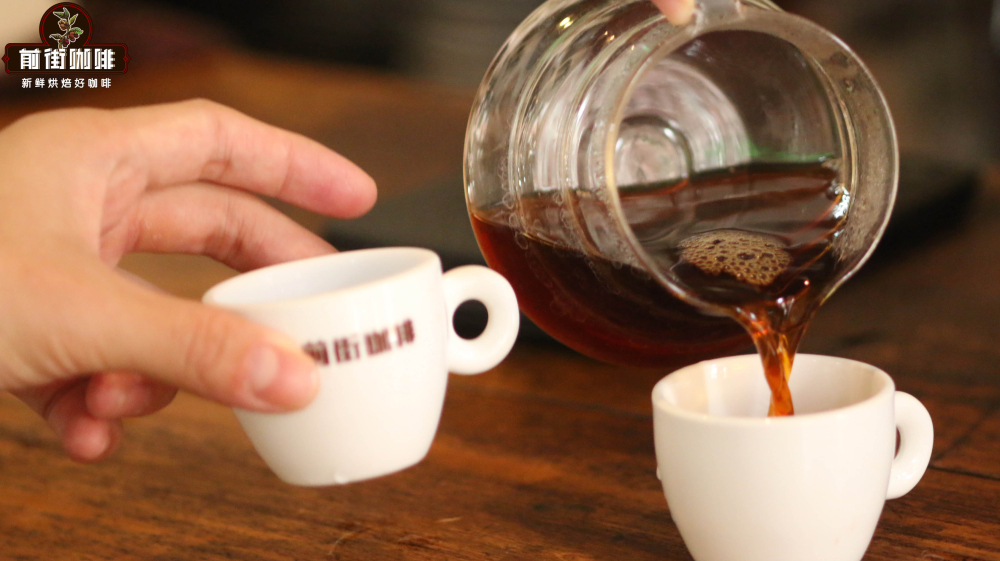
[flavor] when cooked at high temperature, the bean has an obvious caramel sweetness at the entrance, with citrus sour notes, oolong tea at the end, and obvious sweetness as a whole, while when cooked at a lower temperature, the bean smells with a hint of fermentation, with sour notes of citrus and grapefruit, creamy, chocolate and caramel flavor.
END
Important Notice :
前街咖啡 FrontStreet Coffee has moved to new addredd:
FrontStreet Coffee Address: 315,Donghua East Road,GuangZhou
Tel:020 38364473
- Prev
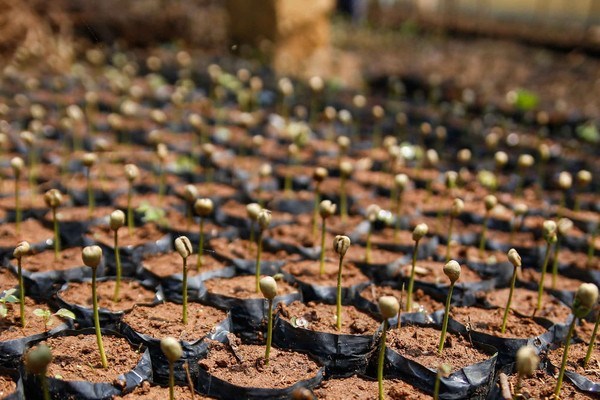
How important is the variety of coffee? Take an inventory of the main types of coffee you need to know!
Professional coffee knowledge exchange more coffee bean information please follow the coffee workshop (Wechat official account cafe_style) in the wine, the variety of grapes has a far-reaching impact. You probably know Merlot or Chardonnay. But people don't know much about the variety of coffee. You may also know Rose Summer Coffee, but do you know the difference between bourbon and tin pickup? Or these varieties are
- Next

What are the characteristics of Indonesian Manning coffee? What is the origin of coffee in Mandenin, Sumatra?
Professional coffee knowledge exchange more coffee bean information Please pay attention to the coffee workshop (Wechat official account cafe_style) produced in Sumatra, Indonesia, due to the natural pollution-free land and special varieties, Manning coffee is full of round and rich texture. Deep baked with a melancholy wood and cheese-like aroma, mellow on the palate, rich in sweetness, and smooth as syrup.
Related
- Detailed explanation of Jadeite planting Land in Panamanian Jadeite Manor introduction to the grading system of Jadeite competitive bidding, Red bid, Green bid and Rose Summer
- Story of Coffee planting in Brenka region of Costa Rica Stonehenge Manor anaerobic heavy honey treatment of flavor mouth
- What's on the barrel of Blue Mountain Coffee beans?
- Can American coffee also pull flowers? How to use hot American style to pull out a good-looking pattern?
- Can you make a cold extract with coffee beans? What is the right proportion for cold-extracted coffee formula?
- Indonesian PWN Gold Mandrine Coffee Origin Features Flavor How to Chong? Mandolin coffee is American.
- A brief introduction to the flavor characteristics of Brazilian yellow bourbon coffee beans
- What is the effect of different water quality on the flavor of cold-extracted coffee? What kind of water is best for brewing coffee?
- Why do you think of Rose Summer whenever you mention Panamanian coffee?
- Introduction to the characteristics of authentic blue mountain coffee bean producing areas? What is the CIB Coffee Authority in Jamaica?

